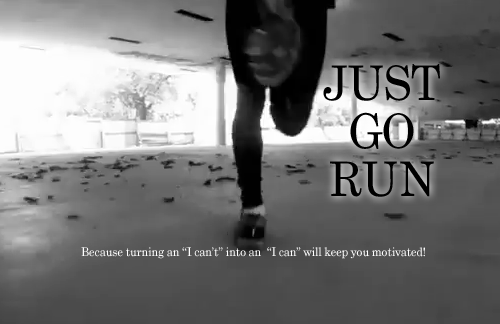Skin tags are tiny, benign outgrowths that rarely exceed heights of 1cm. In some unusual instances, they may grow as high as 5cm.
Acrochorda is the scientific name for skin tags. Acrochordon is the singular for acrochorda. Skin tags also go by a variety of names such as fibroepithelial polyps, soft fibromas, cutaneous papilloma and skin tabs.
In this exposé, we shall hitherto refer to skin tags as cutaneous papilloma.

Skin Tag Remover – Revitol
Cutaneous papillomas are sometimes confused with warts. This is especially the case, when cutaneous papillomas develop on the genitalia. Sometimes, a medical biopsy is necessary; in order to distinguish between genital warts and cutaneous papillomas.
Most often than not, the surface of a cutaneous papilloma is irregular. In such cases, the cutaneous papilloma looks like a nipple.
Cutaneous papillomas can develop on any body part. However, they are most likely to develop on areas where, the skin forms creases. The three most likely areas for cutaneous papillomas to develop are the neck, armpit and groin.
Other body parts, on which, cutaneous papillomas are likely to develop include the eyelids, face, mouth, nasal cavity, under arms, under breasts, thighs, upper chest, umbilicus, natal cleft, between the fingers, between the toes and the genitalia.

Revitol Skin Tags Remover
How to Remove Skin Tags at Home
Locate the base of the cutaneous papilloma. With the help of your dental floss, snugly surround the base of the cutaneous papilloma. Tighten the knot firmly enough to prevent the flow of blood to the tumor.
You can also perform this ligation technique with the help of a strong suturing thread, fishing line or even small rubber bands.
This ligation technique works by cutting the supply of blood to the tumor. Hence, the importance of tightening the knot firmly cannot possibly be over-emphasized.
After a few days, the ill-nourished cutaneous papilloma will gradually shrink in size, thus making the knot loose. You’ll have to control the tightness of the knot every day. Re-tighten the knot, each time it loosens.
This technique is good for people who are afraid of excision. Excision causes bleeding and pain. On the other hand, this ligation technique is not practical, if you are infected by hundreds of cutaneous papillomas.

How to Remove Skin Tags
You can treat your cutaneous papilloma with the alcohol in nail polish.
Take a good look at your cutaneous papilloma under a strong beam of bright white light. You’ll notice that the colour of the uppermost portion of the tumor is clearer than the lower portion.
With the help of your nail cutter, trim off the clearer uppermost portion of the cutaneous papilloma. If done correctly, it should be completely painless because the uppermost portion of the cutaneous papilloma does not contain nerve endings. In addition, there should be no bleeding, if you trimmed off just the tiny top of the tumor.
Apply some nail polish on it. Apply the polish three times, every day. It will take a few days or weeks for the tumor to gradually shrink and fall off.
You can accelerate the demise of the cutaneous papilloma by wiggling it before applying the polish.

The Cure for Skin Tags
You can treat your cutaneous papilloma with apple cider vinegar.
Apple cider vinegar can be purchased from any decent grocery.
Wash the tumor and the surrounding skin with plenty of water. Dry the area with a cotton towel. Take out one of the cotton buds that, you normally use to clean your ears. Dip the cotton bud in the apple cider vinegar. Apply the vinegar on the tumor.
Do this thrice daily. After a few weeks, the cutaneous papilloma will gradually atrophy and eventually fall off.
Apple cider vinegar is mildly corrosive; hence, it might sting and irritate. When applying, minimize contact with the rest of the healthy skin.

Treatment of Skin Tags
Revitol Skin Tags Remover
Revitol skin tag remover is a top of the line topical agent that painlessly cures cutaneous papillomas. Doctors highly recommend revitol because of its proven track record of effectiveness.
Revitol is distinguished from the other treatment methods by a host of beneficial advantages.
Other treatment methods may result in long lasting scars. This can be very disastrous and counter-productive. Many people opt to treat their condition for esthetic reasons. Any scar will totally shatter this objective.
Revitol solves this problem. The all-natural revitol cream gets rid of cutaneous papillomas without leaving scars.

Removing Skin Tags
Some people have sensitive skin; hence, treatment methods such as the application of nail polish or cider vinegar are unsuitable for their sensitive skin. Revitol works on all skin types.
The soothing revitol formula nourishes and replenishes the skin. Order the safe and effective revitol formula now and quickly eradicate your skin tags.












